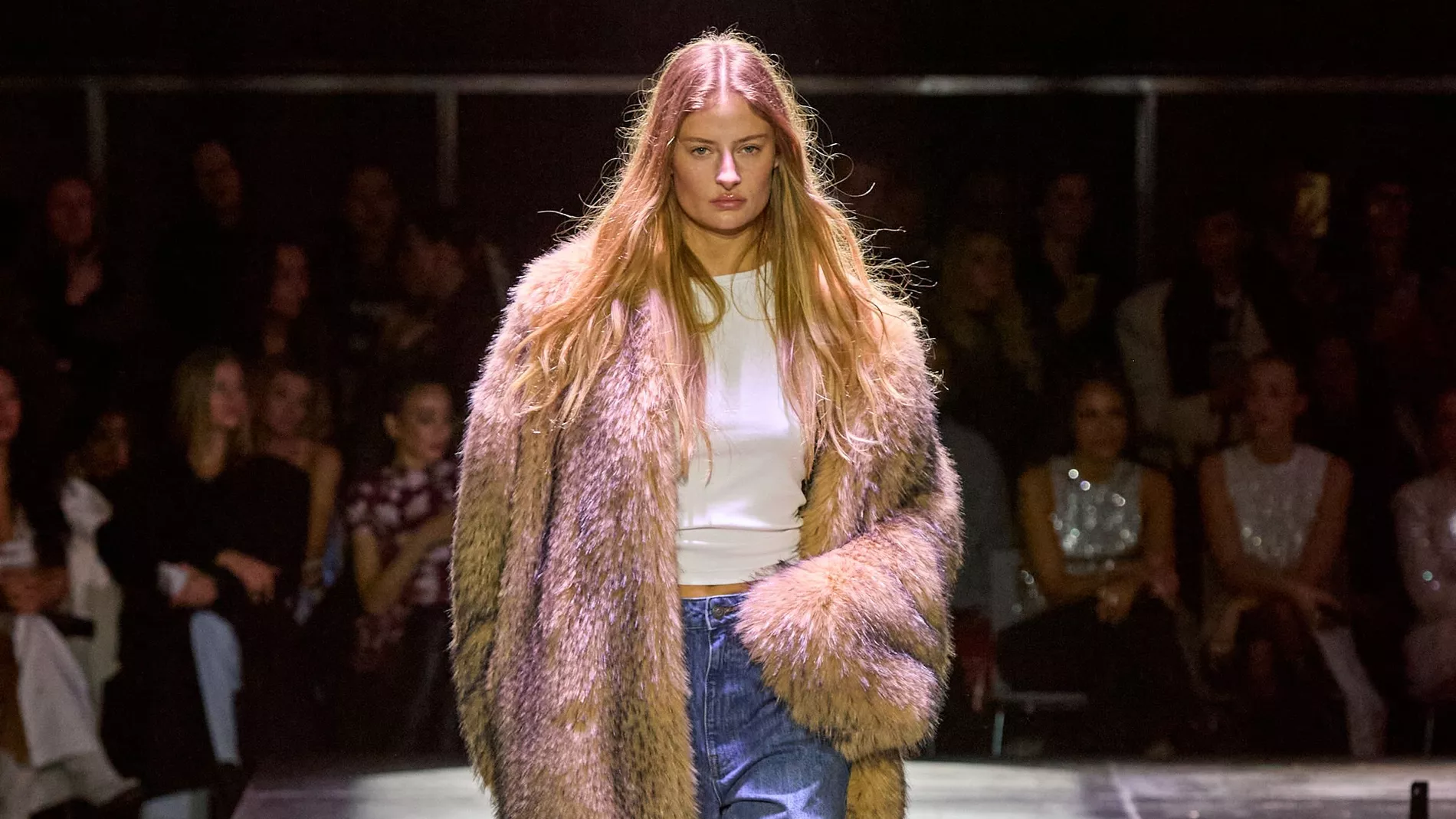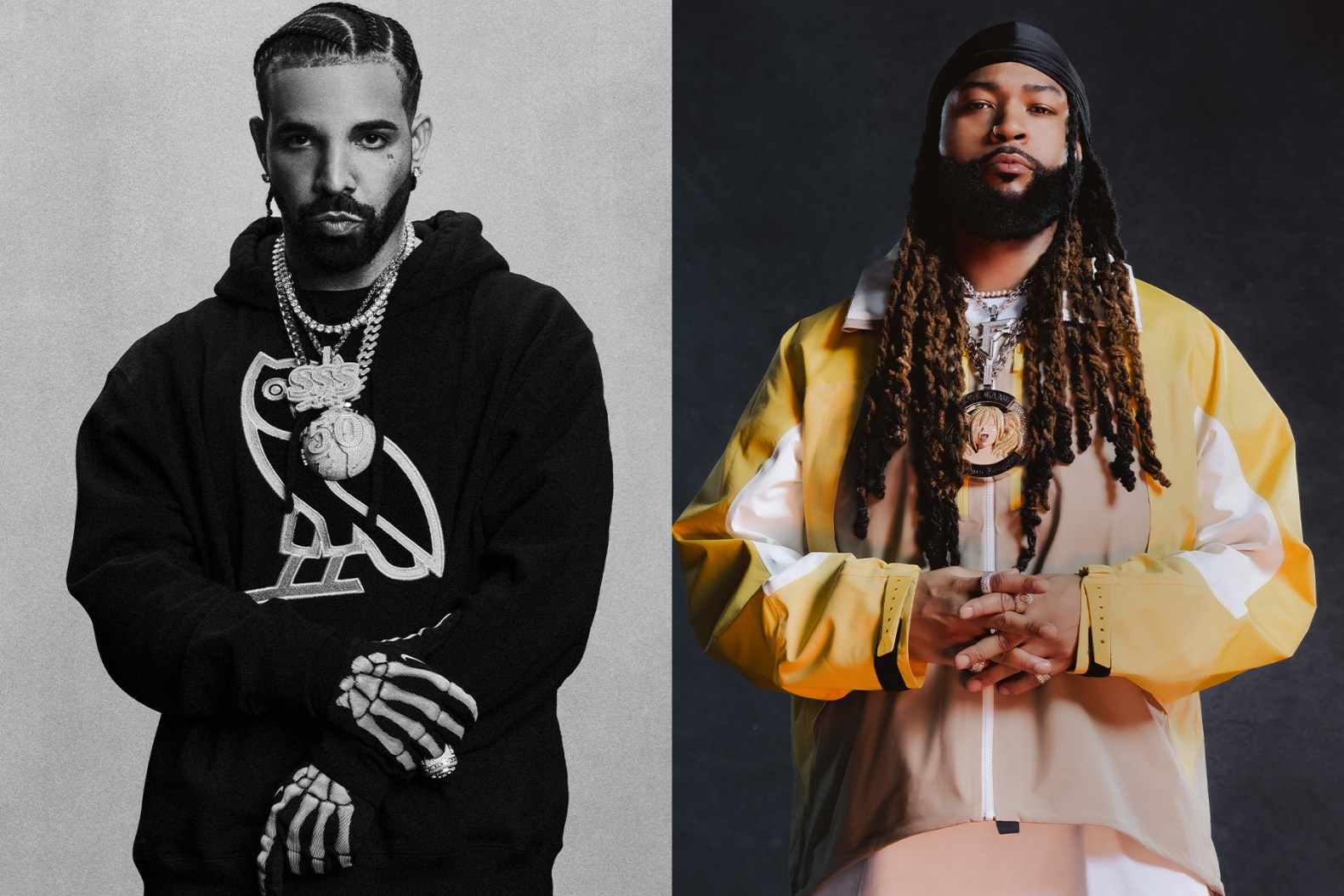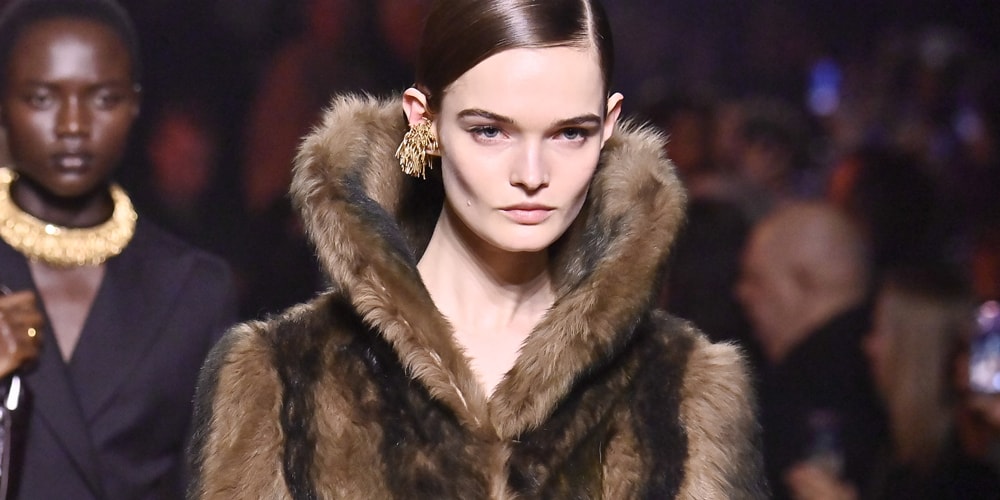Faux fur has entered a striking new chapter, one where its resemblance to the real thing is nearly indistinguishable. At Copenhagen Fashion Week Autumn/Winter 2025, designers unveiled collections that showcased hyper-realistic faux fur — pieces so convincing that even seasoned fashion insiders had to look twice. This season marks a departure from the bright, artificial-looking furs of the past. Instead, the runways were lined with coats in natural hues, boasting textures, movement, and sheen that eerily mimic authentic animal pelts. The emergence of this trend signals a pivotal shift in how the industry views faux fur, placing innovation and luxury at the forefront while reigniting ethical debates around material choice.
Leading the charge were fashion houses like Herskind and The Garment, whose sophisticated overcoats, dyed in rich browns, bore a striking resemblance to mink and fox fur. The Garment’s dip-dyed designs, finished with sleek silk linings, embodied the look and feel of traditional fur with a cruelty-free twist. Meanwhile, Munthe made waves with an intricately crafted faux leopard coat that stunned audiences with its realism. Even Rotate — a brand celebrated for its bold, playful aesthetic — embraced this toned-down approach, presenting elegant stoles and outerwear in muted, natural shades. This season’s collections proved that faux fur can be just as opulent as its real counterpart, if not more so.
This renaissance of realistic faux fur arrives amid ongoing conversations about the role of vintage and repurposed real fur in fashion. Designers like Alectra Rothschild are championing a more circular approach, advocating for the upcycling of existing fur rather than relying solely on synthetic alternatives. Rothschild’s philosophy is rooted in sustainability — turning waste into wearable art — and argues that discarded fur should be reused rather than left to rot. However, this viewpoint is not universally accepted. Brands like Munthe reject any use of real fur, regardless of its origin, opting instead to spotlight how advanced faux materials have become in replicating the look of the real thing without ethical compromise.
For many designers, the allure of hyper-realistic faux fur lies in its ability to blend accessibility with luxury. Rotate’s creative duo, Jeanette Madsen and Thora Valdimars, expressed a desire to craft standout pieces that exude the glamour and sophistication of real fur without the hefty price tag or moral dilemma. Their latest designs, described as “fluffy, dense, and dramatic,” make high fashion more inclusive, allowing a broader audience to indulge in luxurious aesthetics.
This trend is fueled not only by demand but also by significant advancements in material technology. Scandinavian label Stand Studio, a longtime expert in faux fur innovation, continues to push the boundaries with new textile techniques. The brand uses refined polyester blends to create coats with realistic weight, touch, and texture. Founder Nellie Kamras highlights the growing appetite for these designs, noting, “The development of faux fur has become so strong that today, you can’t tell whether it’s real or faux.” Yet, not all fashion enthusiasts are on board with the hyper-realistic movement. Some prefer brightly colored or overtly synthetic furs as a visual statement against real fur, proving that personal values still play a major role in consumer choices.
As the lines between real and faux blur, the fashion industry is redefining its relationship with fur altogether. The AW25 collections signal a clear message: faux fur is no longer just an alternative — it’s a new standard of luxury. Designers are not simply copying traditional styles; they are innovating them, using technology and ethical consciousness to craft garments that challenge conventional ideas of opulence. Whether this will lead to greater acceptance of vintage fur or solidify faux fur’s dominance remains to be seen.
What’s clear is that the fashion world’s fascination with faux fur is stronger than ever. As designers continue to innovate and consumers seek stylish, ethical alternatives, hyper-realistic faux fur is poised to become not just a trend, but a mainstay in modern wardrobes. With each new season, the line between imitation and authenticity continues to fade — and that may just be the future of sustainable luxury.







/cdn.vox-cdn.com/uploads/chorus_image/image/73969715/2154371970.0.jpg)
